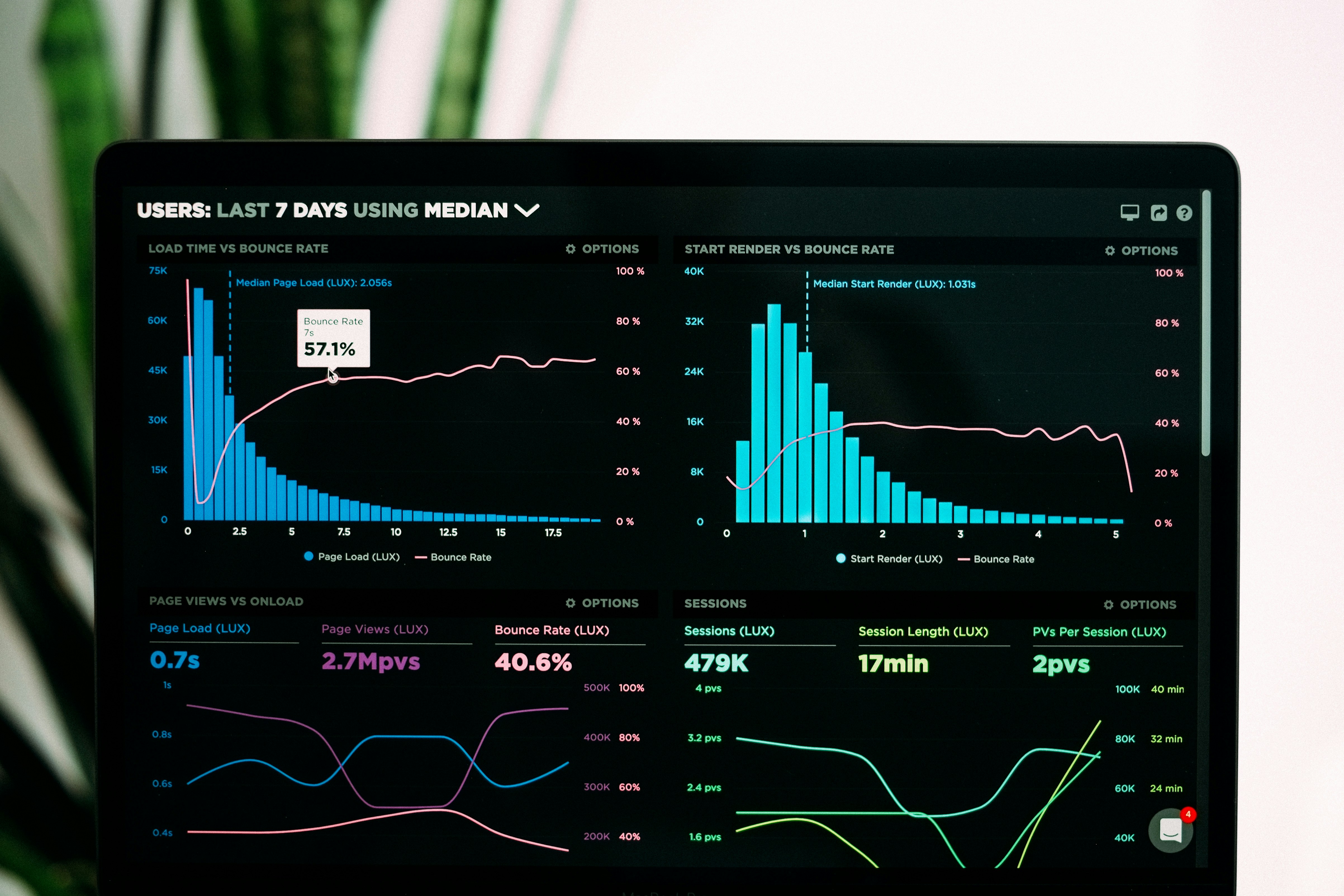1. A Clear and Compelling Value Proposition
Your value proposition is the core message that tells visitors why they should choose your business over competitors. Within seconds of landing on your site, users should understand what you offer, how it benefits them, and why it’s unique.
How to Optimise Your Value Proposition:
Place a concise and compelling headline on your homepage.
Use bullet points or short paragraphs to highlight key benefits.
Include a strong supporting visual (e.g., hero image or video).
Ensure the message aligns with your brand’s unique selling points (USPs).
💡 Example: Instead of saying “We build websites,” say “Custom, High-Performing Websites Designed to Convert Visitors into Customers.”
2. Intuitive and User-Friendly Navigation
A cluttered, confusing navigation system is a major reason visitors bounce from your site. If users can’t quickly find what they need, they will leave and seek alternatives.
Best Practices for Seamless Navigation:
Keep your menu simple and structured, with no more than 5–7 main options.
Use clear, descriptive labels (e.g., “Our Services” instead of “Explore”).
Make your contact information easy to find.
Include a search function for quick access to information.
Ensure your menu is mobile-friendly and easy to use on all devices.
💡 Pro Tip: Use heatmaps and analytics to track user behaviour and refine navigation for better conversions.
3. High-Converting Call-to-Actions (CTAs)
Every page on your site should have a clear call-to-action (CTA) guiding visitors toward the next step. Whether it’s making a purchase, signing up for a newsletter, or booking a consultation, your CTA should be impossible to ignore.
How to Create Effective CTAs:
Make them stand out – Use bold colours that contrast with the background.
Use action-oriented language – Instead of “Submit”, try “Get Your Free Quote Now!”
Position strategically – Place CTAs above the fold and at the end of key sections.
Reduce friction – Minimise required steps (e.g., use short forms for sign-ups).
Create urgency – Phrases like “Limited Time Offer” or “Only 5 Spots Left” encourage action.
4. Fast, Mobile-Friendly, and Responsive Design
In 2024, a website that isn’t mobile-friendly is a conversion killer. With over 60% of web traffic coming from mobile devices, a slow or poorly optimised site will drive users away.
Key Elements of Mobile-Optimised Websites:
Fast loading speed – Aim for a load time under 3 seconds.
Responsive design – Your site should adapt to all screen sizes seamlessly.
Easy-to-click buttons – No tiny links or difficult-to-tap elements.
Optimised images and videos – Reduce file sizes to enhance speed.
Avoid intrusive pop-ups – They frustrate mobile users and hurt SEO rankings.
💡 Pro Tip: Use Google’s Mobile-Friendly Test to check your website’s responsiveness.
5. Trust Signals and Social Proof
Before making a purchase or booking a service, potential customers want reassurance that they’re making the right choice. Trust signals help establish credibility and reduce hesitation.
How to Build Trust and Credibility:
Customer Testimonials & Reviews – Display genuine feedback from happy clients.
Trust Badges & Certifications – Showcase industry accreditations and security seals.
Case Studies & Success Stories – Highlight how you’ve helped other businesses or customers.
Live Chat & Contact Details – Make it easy for users to reach out for support.
Money-Back Guarantees – If applicable, offer a risk-free option to boost confidence.

